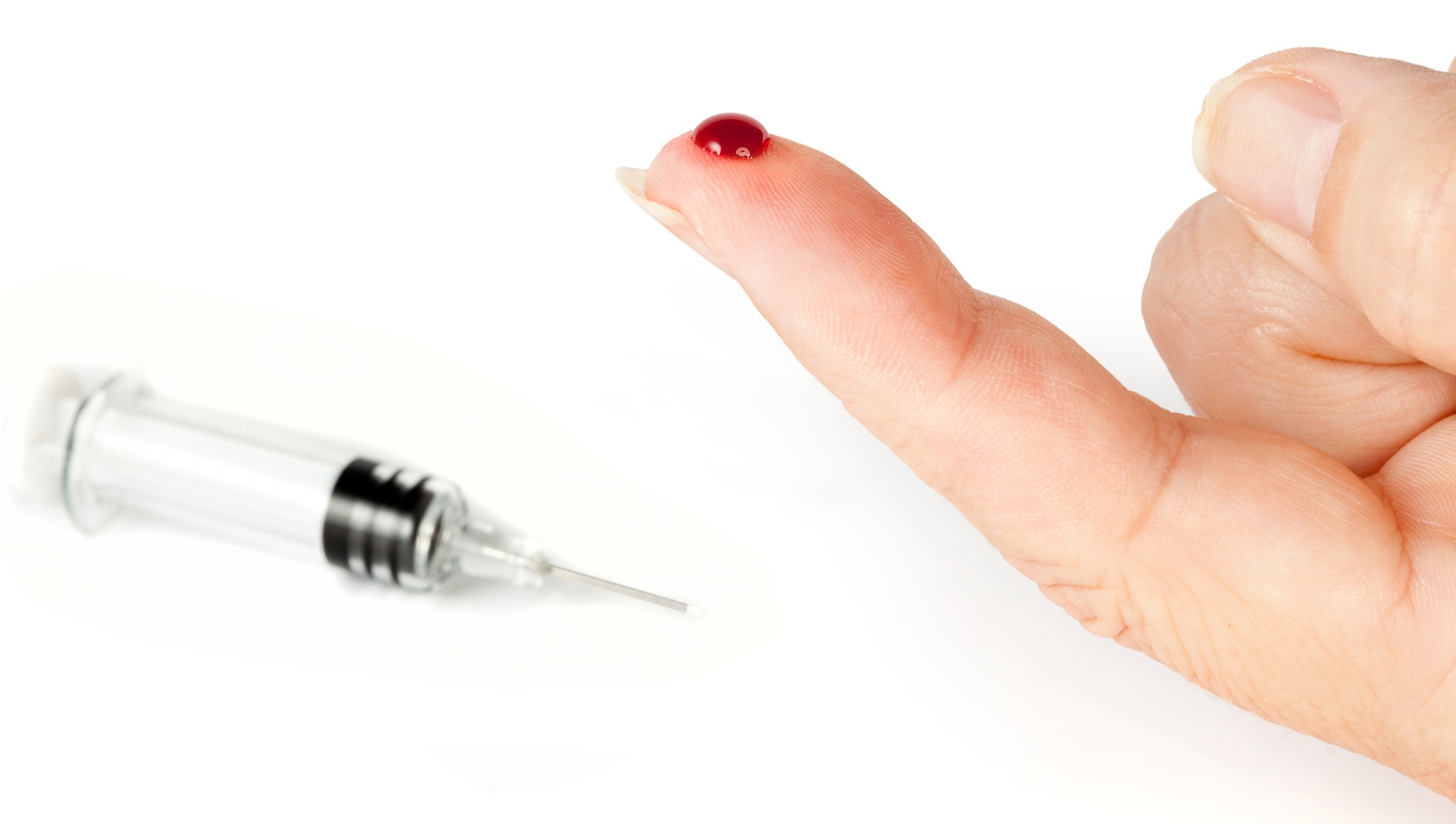In the healthcare environment, needlestick injuries pose significant risks to both healthcare workers and patients. Understanding and implementing effective prevention strategies is crucial for maintaining a safe workplace. This quiz will challenge your knowledge on needlestick prevention and help reinforce best practices. Let’s get started and ensure you’re well-equipped to handle needlestick safety!
We recommend that you do not leave the page that you are taking this quiz in. Stay honest 🙂
Needlestick Prevention Quiz Questions Overview
1. What is the primary purpose of a sharps disposal container?
To store used syringes for future use
To safely dispose of needles and other sharp objects
To recycle medical equipment
To sterilize used needles
2. Which of the following is a recommended practice to avoid needlestick injuries?
Recapping needles after use
Using needleless systems when possible
Bending or breaking needles before disposal
Carrying used needles in your pocket
3. What should you do immediately after a needlestick injury?
Ignore it and continue working
Wash the area with soap and water
Apply a bandage and forget about it
Report the incident at the end of your shift
4. Which of the following vaccinations is important for healthcare workers to prevent infections from needlestick injuries?
Hepatitis B
Influenza
Measles
Tetanus
5. Why is it important to use safety-engineered devices in healthcare settings?
They are cheaper than regular devices
They reduce the risk of needlestick injuries
They are easier to use
They are required by law
6. What is the correct way to dispose of a used needle?
Throw it in the regular trash
Place it in a sharps disposal container
Flush it down the toilet
Leave it on the counter for housekeeping
7. Which organization provides guidelines for needlestick prevention in healthcare settings?
World Health Organization (WHO)
Centers for Disease Control and Prevention (CDC)
Occupational Safety and Health Administration (OSHA)
All of the above
8. Which of the following is NOT a common cause of needlestick injuries?
Recapping needles
Improper disposal of needles
Using blunt needles
Accidental punctures during procedures
9. What is the purpose of a needle safety device?
To make needles more comfortable
To prevent needlestick injuries
To reduce the cost of needles
To increase the speed of injections
10. How often should sharps disposal containers be replaced?
When they are half full
When they are three-quarters full
When they are completely full
Once a month
11. Which of the following actions can help reduce the risk of needlestick injuries during surgical procedures?
Using double gloves
Recapping needles
Using smaller needles
Working quickly
12. What is the role of a needle exchange program?
To provide free needles to healthcare workers
To reduce the spread of infectious diseases
To recycle used needles
To train healthcare workers on needlestick prevention
13. Which of the following is a key component of a needlestick prevention program?
Regular training and education
Ignoring minor injuries
Using outdated equipment
Minimizing reporting of incidents
14. What should you do if you find a used needle in a public place?
Pick it up with your hands and throw it away
Leave it and inform the authorities
Kick it to the side
Cover it with a cloth
15. Why is it important to report all needlestick injuries?
To receive appropriate medical evaluation and treatment
To improve workplace safety
To track and prevent future incidents
All of the above
16. What is the safest way to handle a needle after use?
Recap the needle carefully
Place it directly into a sharps disposal container
Leave it on the tray
Hand it to a colleague
17. Which of the following is a consequence of needlestick injuries?
Transmission of bloodborne pathogens
Increased healthcare costs
Emotional distress
All of the above
18. What is the benefit of using retractable needles?
They are cheaper
They reduce the risk of needlestick injuries
They are easier to use
They are more comfortable for patients
19. Which of the following is a recommended action if you experience a needlestick injury?
Squeeze the wound to make it bleed
Apply antiseptic and cover with a bandage
Report the injury to your supervisor
All of the above
We recommend that you do not leave the page that you are taking this quiz in. Stay honest 🙂
Can Your Friends Do Better Than You in This Quiz?
Share this quiz with your friends and compare results.
Was this page helpful?
More Popular Health & Wellness Quizzes:
-
Basic ECG Quiz
-
Mental Health First Aid Quiz
-
Pancreatic Cancer Quiz
-
Trauma-Informed Care Quiz
-
Alzheimer Quiz
-
Diaper Quiz











